Expanding your business in Latin America
Mexico City
How to Expand Your Business in Latin America as a SaaS Vendor
This is a typical scenario for many SaaS vendors. The SaaS vendor has a minimal established presence in Latin America a limited sales team in the USA, India, or Europe. The sales team generates a nice revenue via leads that come from the website, referrals, and/or customers that have a presence in the region.
The revenue is starting to become interesting, and it is time to expand in the region. But, you need to localize your website, the product, and figure out a plan to expand into the region.
Latin America is a key market for any business looking to expand its operations. The region is home to over 600 million people, and it presents a wealth of opportunities for companies that are able to navigate the cultural and linguistic complexities of doing business there. In this blog post, I will provide a checklist of how SaaS vendors can expand their businesses in Latin America and take advantage of the region's booming opportunities!
The Checklist
Prepare a team to do the research to expand in the region. Your team needs to include Product Managers, resources from Marketing, Sales, Service, a lawyer, your current marketing agency, and of course your Executive. If you don’t have Latam experts in your team, hire these experts. You need to be sure you have key knowledge and know-how about the region.
Establish your strategy based on your product and services strengths. Use the Business Canva approach to identify key strengths, weaknesses, opportunities, and challenges.
Identify key buyer personas and segments for partners and customers. Latin America is well known for having diverse types of companies. Small companies (PYMES – Pequeñas y Medianas Empresas), SME (Small Medium Enterprises that are in growth mode), national enterprises (local family-owned business), startups, regional or cross-border enterprises, foreign multinationals, and local multinationals. Large enterprises are mostly a group of companies that have multiple enterprises in different sectors and countries in Latin America. Many of these enterprises have BPOs, marketing agencies, outsourcers, global or local SIs, and/or local partners helping run their operations. Using SEO, social media listing, news research, and other techniques, you need to identify buyer personas in these companies and then develop segments for both customers and partners.
Identify revenue goals by segment. By understanding the product fit for all your solutions for the Latin American market, you can then develop a matrix of products that can be sold in the region based on the buyer personas and segments. This matrix can guide you to identify key target accounts and partners per region and/or country. Tip: You will need to do this by country since each market is different.
Identify operational requirements (PR, Marketing, Legal, Accounting, Pricing, Sales, Service, Customer Success. Each country or region in Latin America could require different operational requirements, so you need to develop an operational infrastructure that will grow in phases.
Have a scalable partner ecosystem. All major SIs have a presence in Latin America, but there are many other options for regional and local partners in each country. You need to identify them and understand how they fit into your current partner ecosystem.
Understand key local and global competitors. You need to look at the competition landscape based on marketing, sales, service, customer success, talent, training, and social good.
Scope and define marketing operations. You need to identify the next options to execute marketing campaigns based on the buyer personas and segments. You need to create a blueprint to manage marketing campaigns in Latin America to match the revenue goals. And, you will need key PR/communication and marketing agencies to work with at the region and/or country level.
Scope and define revenue operations. Will the sales operations be under a direct sales approach to start with, or with local partners, local billing, and local pricing? Selling directly or via partners requires a RevOps team that understands each country from currency and cultural nuances; and, from proposals to demos.
Prepare an execution plan. A backlog of requirements, assumptions, dependencies, and activities needs to be created in order to define a first phase and a roadmap. Define your timeline. Define metrics. Be prepared to fail, learn and make changes.
Build, Operate, and Transfer
Based on your strategy and execution plan, you will need local partners to expand in Latin America. Who are those local partners? Regional and local marketing agencies, Content Marketing agencies, BPO and Call Center consultants, business operations consultants (payroll, compliance, hiring, lawyers, taxes), advertising agencies, PR/communication agencies, talent acquisition vendors, and Subject Matter Experts in Latin America.
This means that you probably need to collaborate with local partners to establish your presence in the region so you can Build operations for marketing, sales, and service; Operate your marketing, sales operations, and then Transfer these operations to a dedicated Latam team in your organization. Or, you can simply acquire a local vendor or partner to establish your presence in the region.
Last Words
Latin America is a unique region. Tons of opportunities, innovations, and investments are happing right now, especially after the pandemic. Be patient with the region and be ready to understand the diverse spectrum of what Latin America really is.
To know more about Latin America as a SaaS vendor, read these two blog posts:
Marketing and Selling software in Latin America
What SaaS vendors need to understand about the Latin American market

